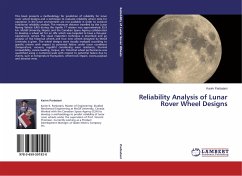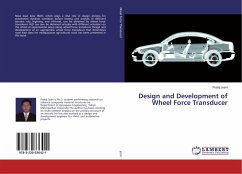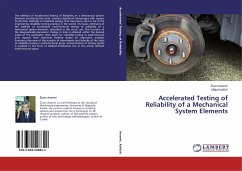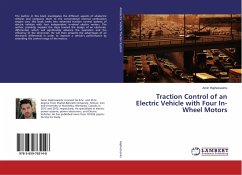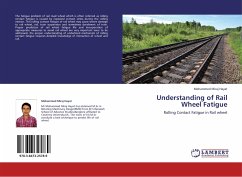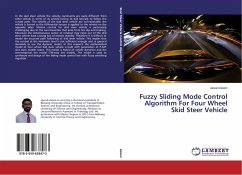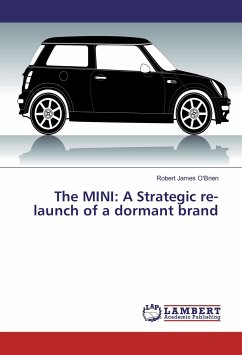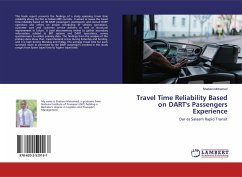This book presents a methodology for prediction of reliability for lunar rover wheel designs and a technique to evaluate reliability where data for operation in the lunar environment are not available in order to conduct traditional reliability analysis. The maximum distance travelled by the Lunar Roving Vehicle (LRV) during the Apollo 17 mission was approximately 35.9 km. McGill University, Neptec and the Canadian Space Agency collaborated to develop a wheel set for an LRV, which was targeted to have a five-year operational service. The visual inspection technique is described and an analysis of five historical wheels and four new wheels designed by McGill University is given. The wheel designs were visually analyzed according to specific criteria with respect to potential failure under lunar conditions (temperature, vacuum, regolith) considering wear resistance, thermal compatibility, excess loading, torque, etc. Potential wheel performance was quantified using a numerical scale with respect to potential failure due to events, such as temperature fluctuation, wheel-rock impact, excess payload and abrasive wear.
Bitte wählen Sie Ihr Anliegen aus.
Rechnungen
Retourenschein anfordern
Bestellstatus
Storno

